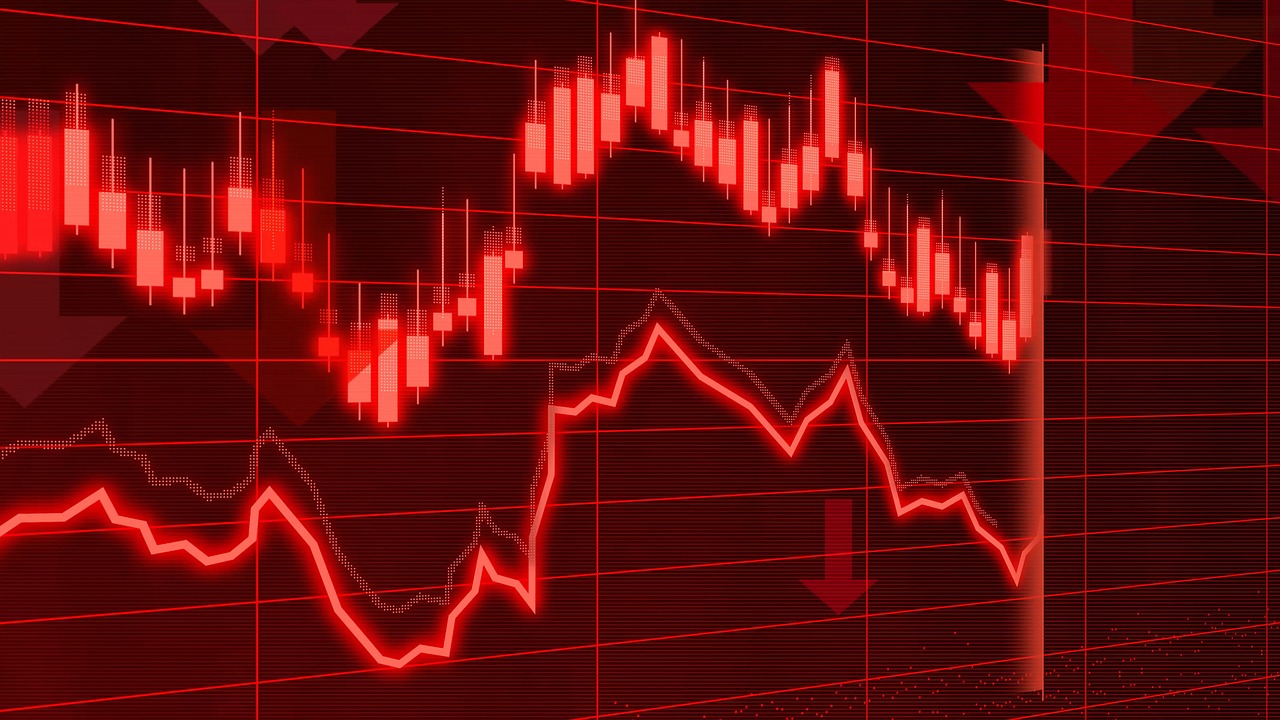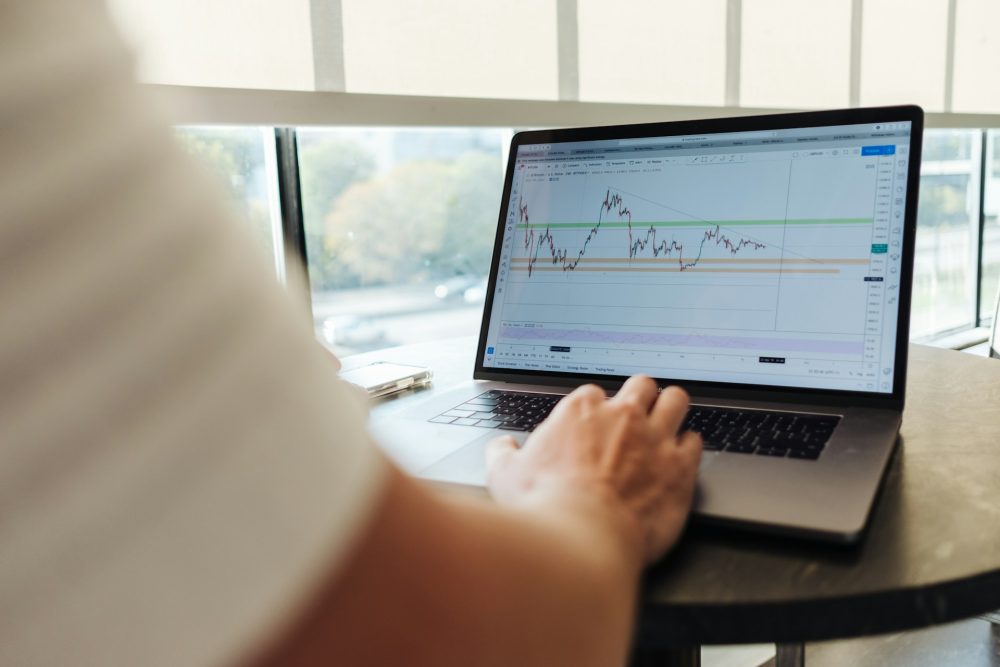Business
Soft Landing, to No Landing, to Crash Landing
It is nonsense to argue about whether the economy and stock market will have a soft landing or one that doesn’t land at all. Both views are incorrect. The time to get back into a crash position in your portfolio is drawing near. We will rely on our proprietary Inflation/Deflation and Economic Cycle Model to try and get the timing correct.

The Deep State of Wall Street has changed the narrative from an economy that will probably undergo just a soft landing, to one that will now experience no landing at all. This specious propaganda is derived from the situation where we find CPI falling from 9.1% last summer, to 6.4% in January of this year. And that disinflation has occurred in the context of a January Non-farm Payroll Report that showed 517k net new jobs were created and where Q4 GDP posted an annualized growth rate of 2.9%. In other words, for the moment we have falling inflation in the context of above-trend growth.
But this early 2023 economic and stock market reprieve will be temporary and the reasons are listed below
For starters, we will have the lagged effects of one of the greatest, and globally coordinated, monetary tightening regimes to ever hit the economy in the very new future. Rate hikes function with long and variable lags of about a year. March of 2022 marked the Fed’s lift-off from ZIRP. Therefore, the negative ramifications of raising rates from 0%, to what will end up being around 5% over the course of the past year will become most acute starting this summer. Despite a slower pace of tightening, interest rates continue to be raised, along with a QT program that is twice as large as the previous failed attempt at reducing the Fed’s balance sheet. Jerome Powell is destroying $1 trillion of the base money supply per annum and that will continue on for two more years, according to the Fed Chairman himself.
And it wasn’t just the Fed that was busy raising interest rates over the past year. Over 80 of world’s central banks were doing the same. This is the very reason why half of global bond yield curves are now inverted, which is a very unusual event indeed! Of course, the US central bank has inverted its curve by about 80 bps, which makes it the most upside-down regime of borrowing costs since 1981. An inverted yield curve is one of the most reliable recession indicators; and this indicator is presaging a sharp recession will soon occur…globally.
The net percentage of U.S. banks that are tightening lending standards has soared to 44.8% during Q1 of this year, up from a minus 32.4% back in Q3 of 2021. The current level of tightening has been a reliable indicator for recessions to begin.
The M2 money supply is shrinking for the first time since records began in 1960. The rate is minus 1.3% currently, down from the high-water mark of 27% growth back in February of 2021.
Two-thirds of consumers are now living paycheck to paycheck, their savings rate is one of the lowest in history and half the rate of its long-term average. Consumers have suffered 22 consecutive months of negative real income growth, and have resorted to tapping credit at a record pace to make ends meet.
To this point, credit card balances increased 6.6% to $986 billion during the quarter, the highest quarterly growth on record, according to New York Fed data that goes back to 1999. Year over year, credit card balances grew 15.2%. Consumers added $398 billion in new debt during Q4 2022 and their total amount of debt has now climbed to $17 trillion. That increase in debt was the fourth highest for a Q4 in the past 20 years and nearly 4.5X larger than Q4 2021, according to WalletHub. In fact, the US National debt is now $32 trillion. That is a record 130% of GDP. Corporate debt also stands at record 50% of GDP. The burden to service all this debt is rising rapidly along with the Fed’s rate hikes.
The Index of Leading Economic Indicators (LEI) is warning of an unambiguous recession that is right around the corner. The LEI has fallen 10 months in a row and is now clearly in contraction territory.
Real estate, which is consumers’ largest asset, is in big trouble. Existing home sales have fallen for 12 months is a row (to the slowest pace in 12 years) and were down 37% year-over-year in January. And, Mortgage Purchase Applications fell by 41% year-over-year, which was a 28-year low. Falling home prices cannot be far behind plummeting demand for homes, and that will exacerbate the reverse wealth effect already hurting consumers from bond and stock declines.
A growing number of corporations have announced hiring freezes and job cuts recently. And it isn’t any wonder why. The truth is, corporate profits are struggling as margins compress. GAAP earnings of the S&P 500 during Q4 of last year were down nearly 30% year-over-year and have fallen 3 quarters in a row, according to Charlie Bilello Chief Market Strategist for Creative Planning. The preceding fact didn’t get much press and there isn’t much wonder why.
We also have a fiscal crater approaching, especially for lower-end wage earners. The maximum amounts for the Child Tax Credit (CTC), Earned Income Tax Credit (EITC), and Child and Dependent Care Credit reverted to pre-COVID levels this year. The American Rescue Act temporarily increased these credits, but that tax break has now ended. The CTC decreased to $2,000 per child, as compared with last year’s $3,600 credit. In addition, this year taxpayers will not receive the full credit if the amount is more than how much tax they paid. The maximum EITC amount for single filers with no children fell to $500 this year, from $1,502 last year. And, the Child and Dependent Care Credit were also reduced this year to $6,000 from $8,000 last year, for 2 or more qualifying persons.
And yet despite all this, the two most important stock valuation metrics, the Total Market Cap of Equities/GDP and the Price/Sales ratio of the S&P 500, are higher today than at any other time in history prior to the 2020 pandemic. What else would you expect when our central bank has made money virtually free for 10 of the last 14 years.
Hence, it is nonsense to argue about whether the economy and stock market will have a soft landing or one that doesn’t land at all. Both views are incorrect. The time to get back into a crash position in your portfolio is drawing near. We will rely on our proprietary Inflation/Deflation and Economic Cycle Model to try and get the timing correct.
__
(Featured image by Gam-OI via Pixabay)
DISCLAIMER: This article was written by a third party contributor and does not reflect the opinion of Born2Invest, its management, staff or its associates. Please review our disclaimer for more information.
This article may include forward-looking statements. These forward-looking statements generally are identified by the words “believe,” “project,” “estimate,” “become,” “plan,” “will,” and similar expressions. These forward-looking statements involve known and unknown risks as well as uncertainties, including those discussed in the following cautionary statements and elsewhere in this article and on this site. Although the Company may believe that its expectations are based on reasonable assumptions, the actual results that the Company may achieve may differ materially from any forward-looking statements, which reflect the opinions of the management of the Company only as of the date hereof. Additionally, please make sure to read these important disclosures.

-

 Biotech7 days ago
Biotech7 days agoAsebio Welcomes the EU Biotech Act as a Boost to Competitiveness and Health Autonomy
-

 Africa2 weeks ago
Africa2 weeks agoBank Al-Maghrib’s Final 2025 Meeting Expected to Maintain Key Interest Rate
-

 Biotech3 days ago
Biotech3 days agoChai Discovery Becomes a Unicorn with $130 Million Series B to Accelerate AI-Driven Drug Design
-

 Africa1 week ago
Africa1 week agoMorocco Allocates 1.3 Billion Dirhams to Boost Startup Ecosystem Under Digital 2030 Strategy

























